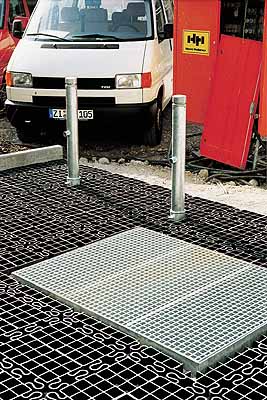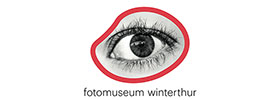
Joachim Brohm »
Areal
Exhibition: 9 Nov 2002 – 5 Jan 2003

Fotomuseum Winterthur
Grüzenstr. 44+45
8400 Winterthur
+41 (0)52-2341060
info@fotomuseum.ch
www.fotomuseum.ch
temp. closed
Über zehn Jahre hinweg verfolgte der Künstler Joachim Brohm (*1955) ein foto-urbanistisches Projekt mit Langzeitbeobachtung. Von 1992 bis 2002 fotografierte auf einem Areal, rund 600 mal 600 Meter groß, gelegen am Rande einer deutschen Großstadt. Während dieser Zeit wandelte sich das Gebiet von einer Gewerbe-Industriezone zu einer Büro- bzw. Wohngegend. Mit der Ruhe und Gelassenheit eines Botanikers, mit dem neugierigen Auge eines Flaneurs widmete er sich den Details dieses Gebietes und hielt damit dessen komplette Entwicklung von den zunächst noch chaotischen Strukturen bis hin zur endgültig umgesetzten Neuordnung fest. Rund 300 kleinformatige, farblich subtile Fotografien erfassen fast meditativ wiederkehrend das Gelände sowohl kartographisch wie chronologisch. Zur Ausstellung erscheint ein umfangreiches Katalogbuch. ___________english__________ Joachim Brohm (born in 1955) embarked on a photo-urbanistic project based on long-term observation. For eleven years, between 1992 ands 2002, he took photographs on the same site, a 600 x 600-metre area on the outskirts of a German city, during which time the site changed from a 1950s industrial and trade zone into an up-market services and residential zone. With the calm composure of a botanist and the curious eye of a stroller, he dedicated himself to this area, to its backyards, its discarded objects and its heaps of materials; then, later, to the clean-swept ground, the geometrical patterns of the new roads and the new buildings just coming into being. The large-scale long-term project documents the change from a gradually developed and partially converted working zone into an almost futuristic post-industrial services and living area; above and beyond this, however, the project speaks of lasting and sustainable movement, of transitoriness, of the flow of reality and the change in the relationship between perception and reality. The site is cartographically captured in around 300 small-format, subtly coloured, almost meditatively repetitive photographs that record the changes. Accompanied by a large book.